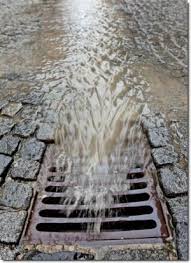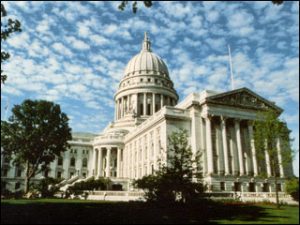Real-time Control of Stormwater Management Systems
Earlier this week the Notre Dame Journal on Emerging Technologies published Overcoming Legal and Institutional Barriers to the Implementation of Innovative Environmental Technologies, a paper I co-authored with Dr. Walter McDonald of the Department of Civil, Construction and Environmental Engineering (CCEE) in Marquette’s College of Engineering;  Joe Naughton, a 2020 Sea Grant Knauss Fellow at the National Oceanic and Atmospheric Administration; and Hannah Hathaway, a member of the Law School’s Class of 2020. Another faculty colleague, Dr. Tony Parolari of the CCEE department, participated in the underlying research grant that resulted in the paper. This kind of work is part of our core mission: the Marquette University Water Law and Policy Initiative seeks, among other things, to employ an interdisciplinary approach, and to pursue opportunities for information exchange and collaboration within and outside Marquette University.
Joe Naughton, a 2020 Sea Grant Knauss Fellow at the National Oceanic and Atmospheric Administration; and Hannah Hathaway, a member of the Law School’s Class of 2020. Another faculty colleague, Dr. Tony Parolari of the CCEE department, participated in the underlying research grant that resulted in the paper. This kind of work is part of our core mission: the Marquette University Water Law and Policy Initiative seeks, among other things, to employ an interdisciplinary approach, and to pursue opportunities for information exchange and collaboration within and outside Marquette University.
The following excerpt describes the work. The full article is freely available at the above link.
Communities in the United States face growing challenges to effective stormwater management as a result of aging infrastructure, increasing urbanization, changing climate, and shrinking budgets, among other factors. These changes have increasingly stressed existing “static” stormwater management systems such as pipe networks, retention ponds, and detention ponds, that are intended simply to convey storm flows to nearby receiving waters without regard to overall system conditions.
Dealing with these stressors may require innovative solutions such as real time control (RTC) or “dynamic” stormwater management systems.


